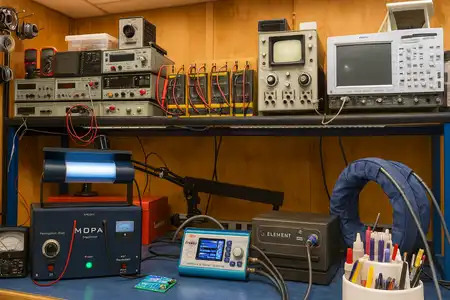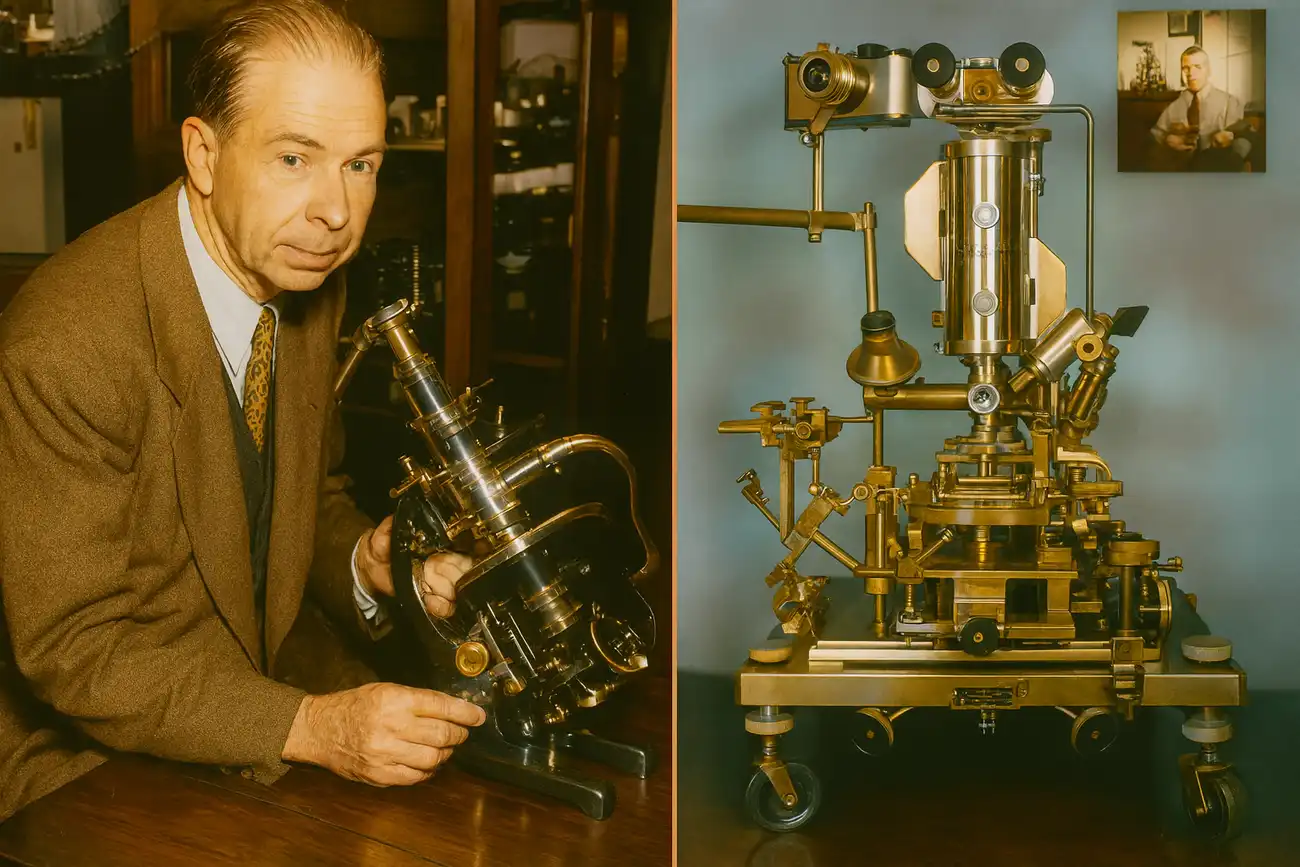
Start Your Rife Journey with Headphones: An Affordable Path to Frequency Therapy

How Much Do Rife Machines Cost? A Complete Buyer's Guide

Last Updated Jan 15, 2024


Dr. Royal Raymond Rife was more than a scientist—he was a visionary decades ahead of his time. Born in 1888, Rife dedicated his life to unlocking the secrets of disease and healing, not through pharmaceuticals or surgery, but through the natural language of the universe: frequency.
While mainstream medicine continues to treat symptoms, Rife sought to eliminate the root causes of disease using vibrational science. His breakthroughs in microscopy and frequency therapy have helped thousands of natural health practitioners today deliver non-invasive, holistic healing to patients around the world.

In the 1920s and 1930s, Dr. Rife engineered one of the most powerful optical microscopes ever created—the Universal Microscope, capable of magnifying objects up to 60,000x. Unlike electron microscopes, which kill living samples, Rife’s invention allowed scientists to observe living viruses in real time.
Through this microscope, Rife was able to detect previously invisible pathogens and link specific microorganisms to particular diseases—most notably, cancer. This tool became the foundation of what would later be known as Rife Frequency Therapy.

Everything in our universe vibrates. From atoms to entire planets, each structure has a resonant frequency. Rife theorized that diseases also have unique electromagnetic signatures. If you could isolate and deliver a matching frequency—a so-called “Mortal Oscillatory Rate” (MOR)—you could destroy harmful organisms without affecting healthy cells.
His experiments confirmed that targeted frequencies could shatter viruses and bacteria, much like an opera singer’s voice can shatter glass.

By 1934, Rife had successfully treated 16 terminal cancer patients using his frequency technology in a clinical trial sponsored by the University of Southern California. The results? Fourteen were completely cured within 70 days. The remaining two recovered after an additional month of treatment.
Rife’s team included respected doctors and pathologists, and they published their findings with great optimism. Word spread, and Rife was hailed as the man who might finally end cancer.
But as history shows, that’s not how the story ended.

The pharmaceutical industry, threatened by a treatment that required no drugs, launched an aggressive campaign to discredit Rife. In 1939, his lab was mysteriously raided and much of his work was destroyed. Key supporters were silenced through intimidation or bribery.
The American Medical Association (AMA) under Morris Fishbein led efforts to blacklist Rife’s work. Manufacturers of Rife Machines were sued, and some faced jail time under “quackery” laws. Rife himself was dragged through the legal system, despite having never harmed a patient.
His legal troubles, compounded by stress and isolation, eventually led to his downfall. He died in 1971, largely forgotten by the medical establishment—but not by those who believed.

In recent decades, interest in Rife Therapy has seen a massive resurgence. Thousands of natural health clinics, alternative practitioners, chiropractors, and wellness centers now use Rife technology or its derivatives to support the body’s natural healing processes.
People around the world are using Rife devices for:
These devices are non-invasive, drug-free, and widely considered safe when used properly. Modern digital frequency generators, such as Spooky2, GB4000, and Rife Digital, carry on Rife’s legacy with updated precision.

Thousands of patients and practitioners have shared personal stories of recovery and relief thanks to Rife therapy. From battling chronic illnesses to improving mental well-being, frequency healing is no longer a fringe practice—it’s a quiet revolution in the world of integrative medicine.
“I had tried everything for my Lyme disease, but nothing helped until I found Rife frequency therapy. Within weeks, my symptoms dramatically improved.”
— Sarah M., Vermont
“Rife has changed my practice. Patients love it, and I’ve seen results that I just can’t explain with conventional medicine.”
— Dr. Henry Lopez, Naturopathic Doctor, Arizona

Despite decades of positive results and enthusiastic supporters, Rife therapy remains controversial in mainstream circles. Why?
But public interest is growing, and scientific research is beginning to catch up. Studies in bioelectromagnetics and frequency biology are validating what Rife discovered nearly a century ago.

If you’re curious about incorporating Rife therapy into your wellness routine, here are some options:
Be sure to work with a qualified holistic practitioner and ensure that your equipment is well-reviewed and reputable.

Dr. Royal Rife may have died in obscurity, but his vision is more alive than ever. In a world seeking alternatives to toxic treatments and chronic symptom management, frequency therapy offers a path to true energetic healing.
His legacy continues through practitioners, patients, and pioneers who believe—as he did—that health is frequency, and frequency is life.



Experience the power of rife frequency therapy with RifePlayer - the easiest way to use rife frequencies for your wellness.